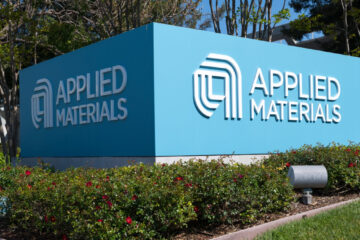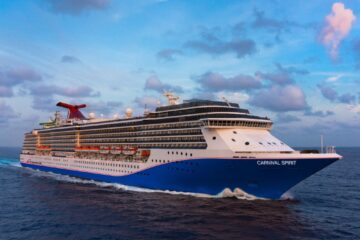A lot of cruise ship safety happens behind the scenes, where passengers can’t see the measures that are taken and put in place.
That, of course, isn’t always the case: Every cruise begins with some variation of the muster drill, which is designed to teach people where to go in the event of an emergency.
Related: Royal Caribbean and Carnival passengers will pay a new fee
It’s also a chance to show passengers how to put on life jackets and to share the sound of the emergency signal with them.
At other points on your sailing, you may notice crew members taking part in drills. In some cases, the captain will make an announcement to tell passengers that the emergency codes they will soon hear are part of a drill.
Crew members all have safety responsibilities on the ship and they practice them regularly. In many cases, an emergency might occur on a ship and passengers won’t realize it. That could be a passenger in medical distress, a small fire on board, or countless other things the crew are drilled to be able to handle.
Now, both Carnival Cruise Line and Virgin Voyages are testing a new digital approach to improving safety on board.
Virgin Voyages has a small fleet, but it offers cutting-edge technology in many areas of the ships.
Image source: Dan Kline/ComeCruiseWith.com
Virgin and Carnival testing crew safety software
NAPA, a global provider of maritime software and data services, launched NAPA Permit to Work to improve the crew’s safety and efficiency when they conduct high-risk on-board tasks.
The new software is currently being tested by Carnival Cruise Line and Virgin Voyages, “marking a step-change for seafarer safety by removing the risk factor associated with current paper-based processes and handovers,” according to the company.
Basically, the software enables crew members to gain access to the training they need in the most efficient way possible.
“NAPA Permit to Work will digitalize the mandatory work permit process required for conducting hazardous tasks onboard, such as working at height, performing hot work, or entering enclosed spaces,” the company wrote.
The digital system improves on what has generally been a very manual one.
“Traditionally, these permits are managed through paper forms as part of a ship operator’s Safety Management System and require crews to spend hours going around the ship to collect a multitude of signatures from different departments,” it added. “The manual nature of this process is prone to delays, errors, and miscommunication, posing safety risks and inefficiencies.”
The NAPA software will make the process faster by digitizing those needed signatures and reduce incident risks by automatically notifying all relevant departments and personnel with real-time status updates of ongoing work, especially riskier tasks like tank cleaning.
Sign up for the Come Cruise With Me newsletter to save money on your next (or your first) cruise.
New crew members need more training
The Covid pandemic pushed many experienced cruise ship workers out of the industry. It was unprecedented turnover instead of the normal constant flow of people leaving and new crew members coming in.
“NAPA Permit to Work will act as a comprehensive digital checklist to help seafarers ensure that no safety-critical steps are missed,” the company explained.
“The system is designed so that no digital form is accepted unless all required safety checks are completed before the start of any job, significantly reducing the risk of oversight. This functionality provides a virtual guide and augments previous training, eases handovers, and minimizes the margin for error.”
ALSO READ: Top travel agents share how to get the best price on your cruise
Carnival Director FOC Piervalerio Vignola said the software would help the cruise line automate and streamline, ensuring the highest safety standards in less time.
“Crew safety and welfare are key pillars for our operational and commercial success, which is why investing in our continued digitalization with NAPA was a no-brainer,” he added. “Embracing these digital technologies gives us the peace of mind that we are upholding rigorous safety standards that protect our crew, passengers and assets.”
Are you taking a cruise or thinking about taking one? Visit our Come Cruise With Me website to have all your questions answered.


